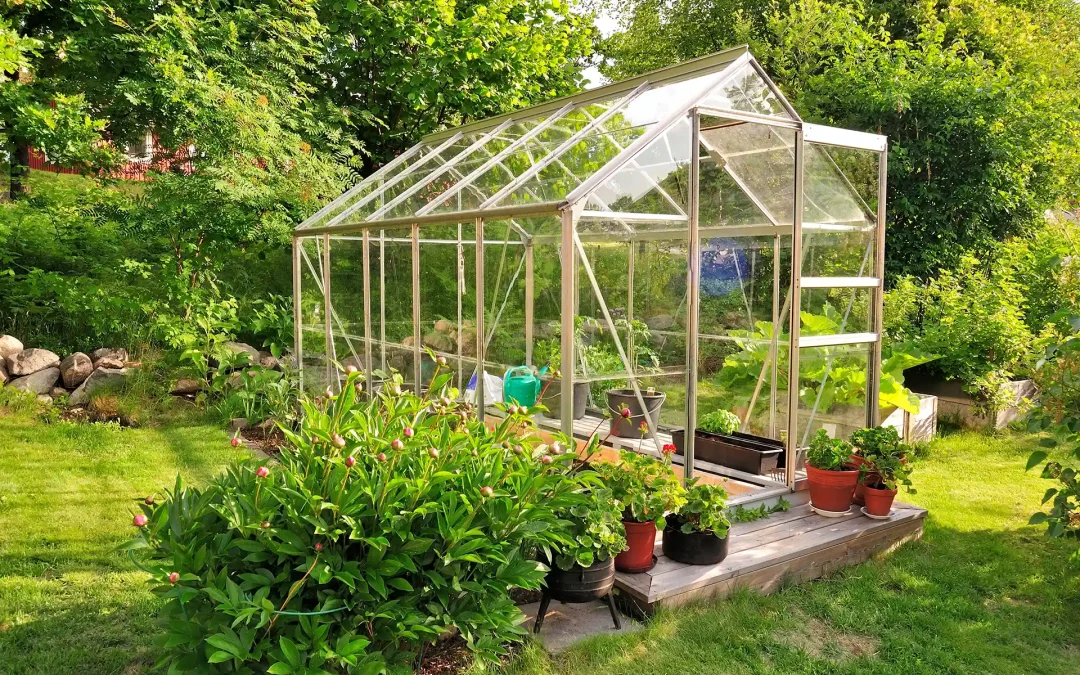If you’re thinking about adding a greenhouse to your garden in the UK, one of the first questions to consider is whether you need planning permission. The good news is that most domestic greenhouses are considered permitted development, meaning they generally do not require planning permission, as long as they meet certain criteria.
Key Criteria for Greenhouse Permitted Development
To avoid needing planning permission, your greenhouse must comply with the following:
• It must not exceed 4 metres in height (3 metres if the roof is flat).
• The greenhouse must not cover more than 50% of the land surrounding the original house.
• It must not be positioned in front of the house.
• If your property is listed or in a conservation area, additional restrictions may apply, and you may need to seek planning permission regardless of size.
As long as your greenhouse meets these conditions, you should be able to proceed without needing to apply for planning permission. However, always check with your local planning authority to confirm if any specific restrictions apply to your area.
Types of Greenhouses and Their Uses in a British Garden
When it comes to choosing the right greenhouse, several types can enhance your gardening experience depending on the space available and what you wish to grow. Here are some of the most popular greenhouse types and their uses in British gardens:
• Traditional Glass Greenhouses: Known for their classic look, glass greenhouses provide excellent light transmission, making them ideal for growing a variety of fruits, vegetables, and flowers. These are great for keen gardeners who want to maximise growing potential all year round.
• Polycarbonate Greenhouses: A more affordable option than glass, polycarbonate greenhouses offer durability and insulation, making them ideal for British weather conditions. These greenhouses are perfect for growing tender plants and seedlings as the material protects them from harsh temperatures.
• Mini Greenhouses: If space is limited, mini or lean-to greenhouses can be an excellent solution. These compact structures can be placed against a wall or in smaller garden spaces and are perfect for growing herbs, small vegetables, or flowers.
• Cold Frames: A type of small greenhouse, cold frames are used for protecting young plants or seedlings from cold weather. They are often placed on the ground and allow for a gradual transition from indoor growth to outdoor conditions, making them ideal for the British climate.
Each type of greenhouse offers its own benefits, so the choice will depend on your gardening goals and available space. Whether you’re starting out with herbs and flowers or growing your own produce, having the right structure will help you maximise your garden’s potential.
In most cases, building a greenhouse in the UK is a straightforward process that doesn’t require planning permission, provided it adheres to the size and placement guidelines under permitted development. Whether you opt for a traditional glass structure or a compact mini greenhouse, make sure your choice aligns with your gardening needs. For unique situations, such as listed properties or homes in conservation areas, it’s always wise to check with your local council to ensure you remain compliant with planning regulations.
